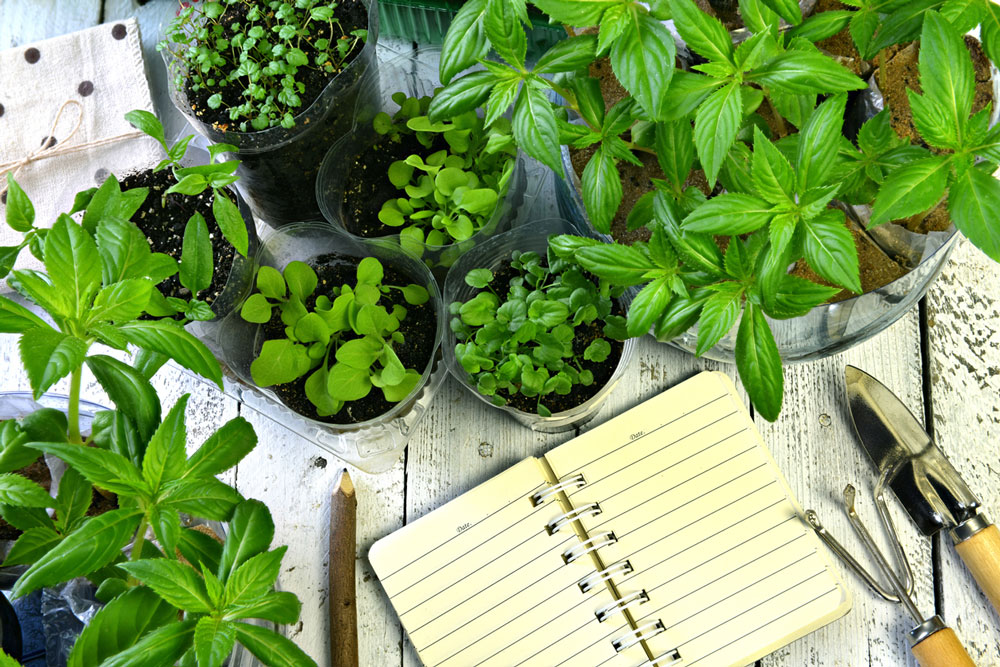
Keep a journal of what you do in the garden to help with next year’s garden.
January is always a great time to reassess what we did last year and project what we are going to do this year. That brings up a point about keeping a journal of your gardening activities. It doesn’t have to be complicated or sophisticated: A spiral notebook from the grocery store or notes on your Google calendar would work.
We need to journal what we did, when we did it, what were the results, and what changes are necessary (or questions to send Martelle or Bill to ask). Other than gentle reminders of what we planted where and when, it is helpful to document rain amounts and watering schedules.
COMPOSTING 101
Start a composting pile with the leaves in your yard. Here is how.
Your composting can be done in a fixed bin made of either wood or stone, piled up in a part of the yard or garden, or in one of those elevated metal bins that rotate by motor or manually. Regardless of the vehicle you choose, there are a few fundamentals to keep in mind.
There must be three ingredients in the process of creating this most wonderful plant food. First, there must be air. Composting microbes are aerobic, which means they need air to do their work efficiently. Second, there needs to be water. Ideally, the pile of material should be as moist as the proverbial wrung-out sponge.
Third, there needs to be food for the microbes. The food is made up of two major sources: Browns (carbons) and Greens (nitrogens). Browns are materials such as dry and dead plant material (straw, leaves, wood chips, etc.) Greens are all manures, fresh or dried, and all green plant life, such as grass, coffee grounds, hair trimmings, uncooked fruit and vegetable waste, and eggshells (rinsed and crushed).
The manures are rated as to their nitrogen levels. Poultry manure (turkey and chicken) is the highest; next is sheep, goat, steer, and horse manures, which are all about the same and work equally as well. If you have friends who own turkeys or chickens, ask if you can clean out their poultry houses for the manure. The same applies with friends who own any livestock. Ask to clean out the barns. They’ll probably try not to laugh as they say yes.
Now, we need to place these ingredients together. The piles need to be turned every so often to keep the air in the pile. (Depending on the size of the pile, monthly or more often.) The fancy elevated bins, which will make compost in a matter of days, suggest that they be turned daily with five complete rotations each time.
While you are waiting for your first batch to be ready, begin making your list of places to apply this new product that you have created. A few suggestions for applications: any trees that are “in need of a shot in the arm” (apply compost 1 inch thick around the tree out to the drip line), in your flower beds, garden areas in need of help, or in preparation for your spring planting in the garden.
Til next time. Keep your souls and soles in your garden! Remember the True Master Gardener: Jesus said, “I am the vine; my Father is the Gardener.” John 15:1
Contact Martelle Luedecke at 512-769-3179 or luedeckephotography@gmail.com or Bill Luedecke at 512-577-1463 or bill@texasland.net.












